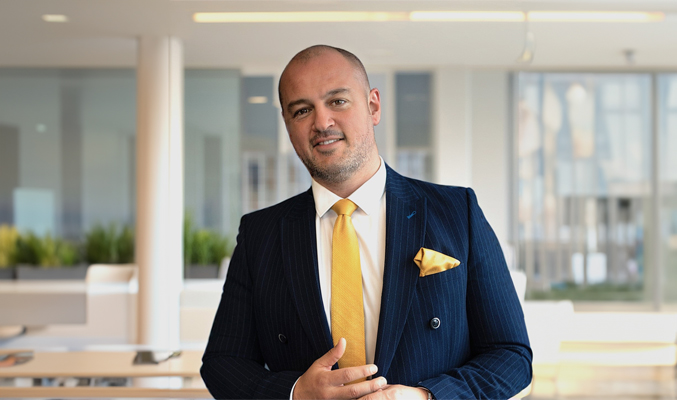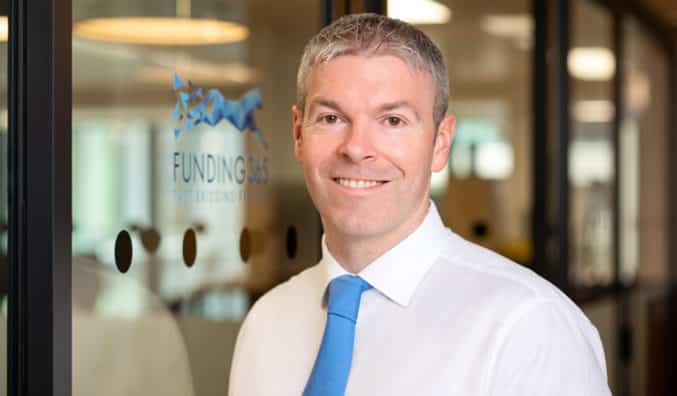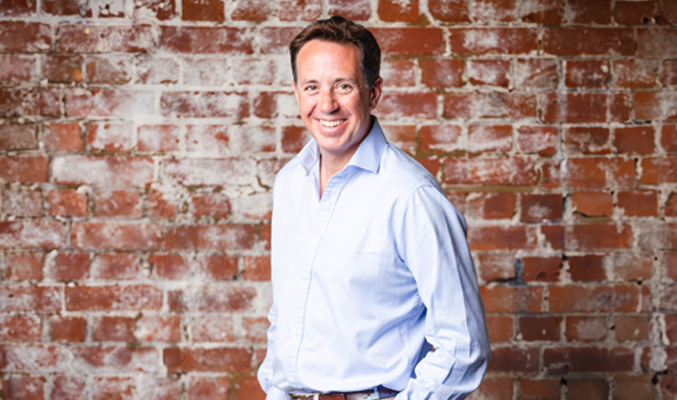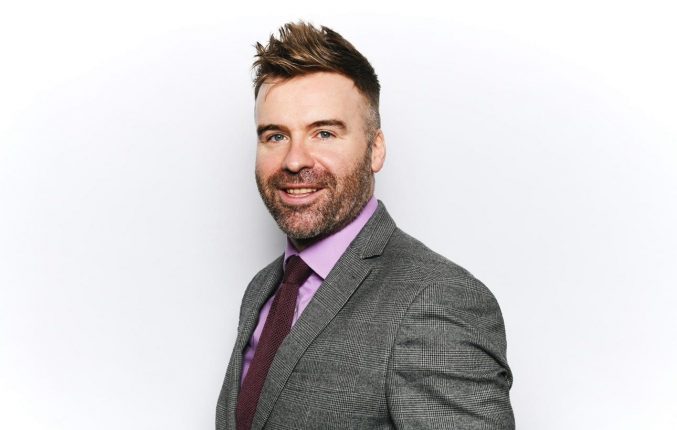Looking to cut carbon emissions? 22 ideas for bridging lenders
By Hannah Duncan

As the UK celebrates Net Zero Week 2022, we’re joining the party too. Bridging lenders have an important part to play in reaching the net-zero goals for a sustainable future.
Here are 22 ways bridging lenders can get involved and cut their carbon emissions right down.
1. Measure emissions
Before you can solve the problem, you need to see it! Take a look at how your loans are being used and what kind of impact they’re having on the climate. This includes direct (scope 1) as well as indirect (scopes 2 and 3) emissions.
2. Plug skill gaps
The UK Committee for Climate Change (CCC) has warned of a “low carbon skills gap” within the building and construction industry. This isn’t just bad for innovation, it’s preventing us from reaching our net-zero goals. Help these struggling sectors by studying and underwriting green construction methods.
3. Ensure the building matches the design
Another risk highlighted by the CCC is that the finished property “often falls short of the design standard”. As the ones holding the money, lenders are in a unique position to demand that certain standards are met. This could mean a preferential rate or penalty for non-compliance.
4. Underwrite modular homes
Amazingly, modular building methods cut construction waste by over 95%, as well as slashing carbon emissions by 40%. It’s one of the most impactful things lenders can do. What’s more, as demand for affordable property grows, underwriting modular homes is a win-win!
5. Educate clients and create retro-fit products
Too few homeowners are retrofitting properties with sustainable and energy-efficient improvements. And the underwhelming demand means an even weaker supply from lenders. According to the Green Finance Institute, this is “creating something of a chicken and egg problem”. To jump-start interest, lenders could educate clients on the importance of green homes and offer products to help them achieve their climate goals.
6. Be truly transparent
Help employees and clients make informed decisions about their impact by publishing emissions and targets openly. A little accountability goes a long way!
7. Set a climate goal
Sometimes the simplest ideas are the best. Set a climate goal, ensure that everyone understands it and track the progress. One Harvard study found that companies who set goals are ten times more likely to succeed than those who don’t.
8. Consider each property individually
As part of your assessment, research the environment around the property. For example, some areas require trees to protect from flooding. Other are high-priority zones for pollinators. Consider the local needs and weave these into your underwriting demands. One lender who takes this approach to heart is Impact Lending, a firm focusing on honeybees just as much as the bottom line.
9. Say NO to loopholes
Just because there is no law stopping you, doesn’t mean you should do something bad. Saying NO to gaps in climate regulations, and YES to scientifically-backed progress is powerful.
10. Stamp out greenwashing
To fix the problem, we need to be able to see it! Sadly, whether intentional or not, many financial firms and companies are not telling the whole truth about their carbon emissions. If you see greenwashing, be brave and kick it out with these 10 steps.
11. Diversify your decision-makers
Studies show that when women are empowered in companies, they tend to make more environmental decisions. What’s more, companies with a diverse group of decision-makers are almost twice as likely to reach their carbon goals.
12. Embrace technology
In other areas of finance, credit card companies can offer preferential rates based on the low carbon spending choices of their customers. Insurers can give better deals to those who exercise regularly. And the list continues! Look at what technology is available to you and talk to a software company about how you could use it to lower emissions.
13. Offer pro-bono advice
There are so many environmental charities and local businesses that could really benefit from your expertise! Look in your neighbourhood for sustainable non-profits needing a bit of financial know-how. A few hours of your time could make a big difference to their success.
14. Include climate targets in performance reviews
Including climate targets in work-related reviews encourages employees to consider how their underwriting can make a difference. It rewards creative solutions to climate problems.
15. Adopt a sustainable marketing framework
A must for all marketing departments! To avoid greenwashing and maintain climate transparency, consider taking on a new set of standards. For inspiration, check out Sustainable Marketing Compass.
16. Read up!
Climate finance is a living, breathing concept and it’s evolving all the time. To be at the cutting-edge of the movement, read up and attend as many events as possible.
17. Invite expert speakers
There’s nothing like a passionate expert to really get the point across! One study found that 88% of school pupils felt better about overcoming setbacks after listening to a talk. 51% commented that it helped a lot. Consider tailoring the talks for different departments for the best results.
18. Off-set what cannot be reduced…
…But pick your off-setting partner carefully! Unregulated carbon markets have been described as the “Wild West”, with many double-counting or blurring the real impact.
19. Look beyond energy ratings
While energy ratings are undoubtedly important, we need move beyond this as an industry. It’s really the minimum. And it does not make a home “green”. There are so many more ways bridging lenders can make an environmental difference.
20. Sustainable workplace pensions
Opting for a sustainable pension is 21 times more effective than quitting flying, becoming vegetarian and choosing a renewable energy supplier combined. By automatically giving employees sustainable pensions, bridging lenders can make a big difference to the climate.
21. Save the trees!
If it sounds obvious, that’s because it is! Penalise new builds that cut down trees or destroy local wildlife. We need every piece of nature we can get.
22. Talk about it
Whether a client, employer or colleague, open the conversation. Informal chats – or so-called “water cooler moments”- are incredibly powerful. One study found that 80% of successful ideas burst from casual conversations. Go for it! You never know what you might invent!
Got more ideas? Reach out to us. Together, we can do it!

Hannah Duncan is a freelance writer with a passion for finance, sustainable investing and fintech. She loves writing engaging content for industry magazines and investment services, as well as keeping a personal blog at www.hdinvestmentcontent.com










You must be logged in to post a comment.